The Art of Patina: Understanding and Appreciating Antique Hardware Aging
Antique hardware plays a significant role in adding character and charm to our homes. Whether it is doorknobs, hinges, or drawer pulls, these small details can evoke a sense of nostalgia and historical value. One aspect that makes antique hardware truly unique is the patina that develops over time. Patina is the aging process that occurs on various materials such as copper, brass, and bronze, giving them a distinctive and beautiful appearance. This article aims to explore the art of patina, its significance, and how to appreciate and preserve it.
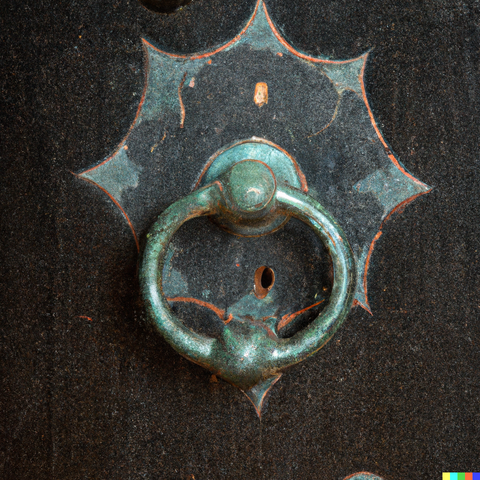
Understanding Patina:
Patina is a thin layer that forms on the surface of metals due to oxidation, weathering, or chemical reactions. It is a result of time and exposure to the environment, and it enhances the beauty and value of antique hardware.
There are several types of patina, including natural, induced, and artificial patinas. Natural patina occurs organically over time, while induced patina is deliberately created through chemical treatments. Artificial patina, on the other hand, is manufactured to mimic the appearance of natural patina.
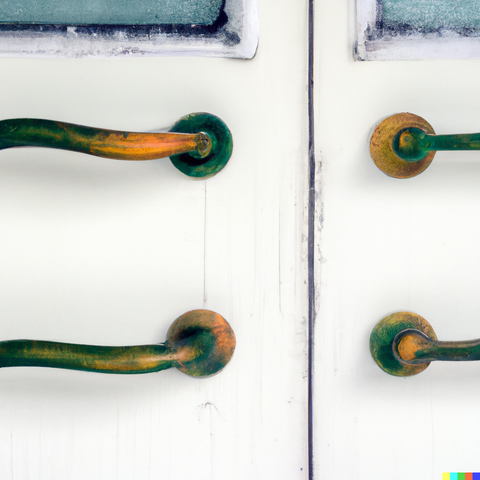
Significance of Patina:
The patina on antique hardware tells a story. It reflects the age, past use, and craftsmanship of the piece. It provides a tangible connection to the past, preserving history within its oxidized layers.
Patina adds an aesthetic appeal to antique hardware. It gives the piece a unique and lived-in quality, creating a sense of beauty that cannot be replicated through new or artificially aged hardware. The colors and textures of patina often develop into a pleasing palette that complements various interiors.
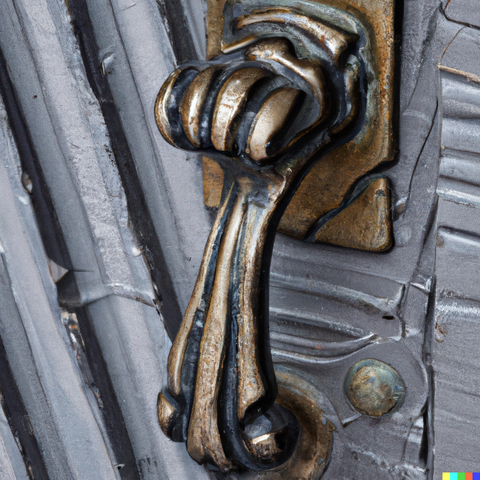
Appreciating Patina:
To truly appreciate patina, one must learn to observe its subtle nuances. This includes looking at the color variations, texture, and the way light interacts with the surface. The patina may reveal intricate details that have been hidden under layers of oxidation, thus increasing our admiration for the craftsmanship.
Different types of patina can arise depending on environmental factors such as humidity, temperature, and exposure to pollutants. Observing these patterns can provide insight into the history and journey of the hardware piece, deepening our appreciation for its unique character.
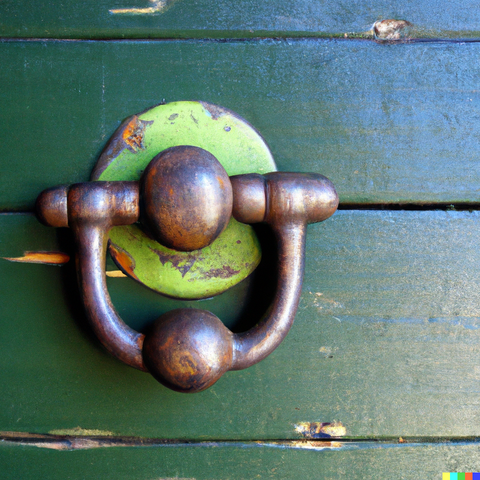
Preserving Patina:
While patina is desirable, excessive rust can be destructive to antique hardware. Regular cleaning, drying, and application of protective coatings can prevent rusting without compromising the appearance of the patina. Cleaning antique hardware to preserve the patina requires a delicate touch. Gentle cleaners, non-abrasive tools, and avoiding the use of harsh chemicals are key principles to follow when maintaining the integrity of the patina.
There is a distinct difference between restoring antique hardware and preserving its patina. Restoration involves removing the patina and returning the piece to its original state, while preservation aims to maintain and protect the patina while ensuring the hardware's functionality.
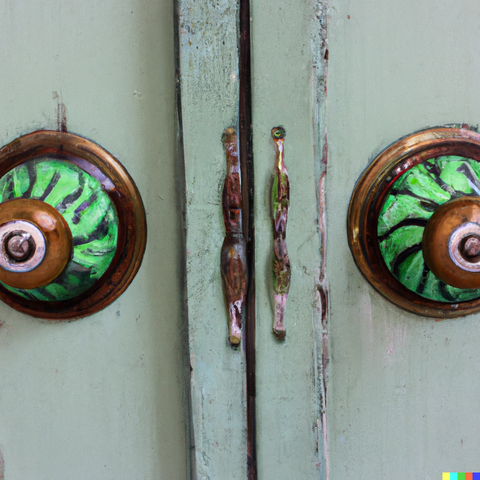
Incorporating Antique Hardware with Patina:
Antique hardware with patina can enhance various design styles, such as rustic, industrial, and vintage. It adds character and authenticity to spaces, creating a unique ambiance that cannot be achieved with mass-produced hardware.
Antique hardware with patina can be repurposed and upcycled into new functional pieces, such as coat racks, jewelry hangers, or wall art. This allows one to appreciate the patina in new and creative ways.
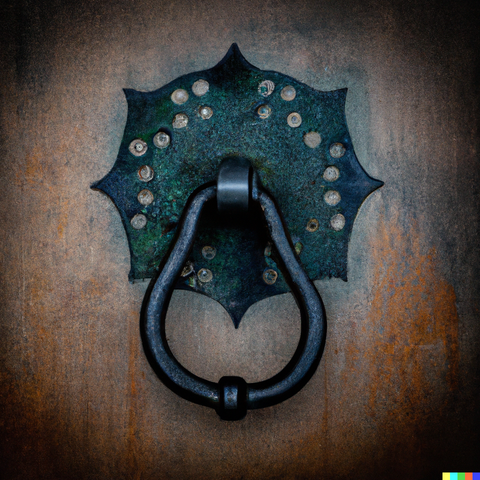
Antique hardware with its beautiful patina is not only a collector's item but also an art form that tells a story. Understanding the significance of patina, appreciating its unique beauty through observation, and preserving it with care are crucial aspects for enthusiasts and homeowners alike. Incorporating antique hardware with patina into interior design allows us to create spaces that honor the past while adding character to our present.
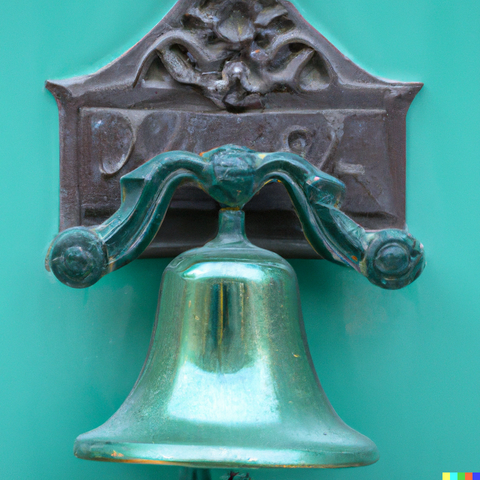






















Leave a comment